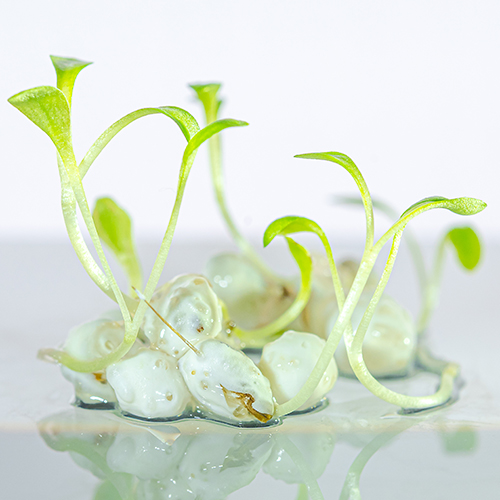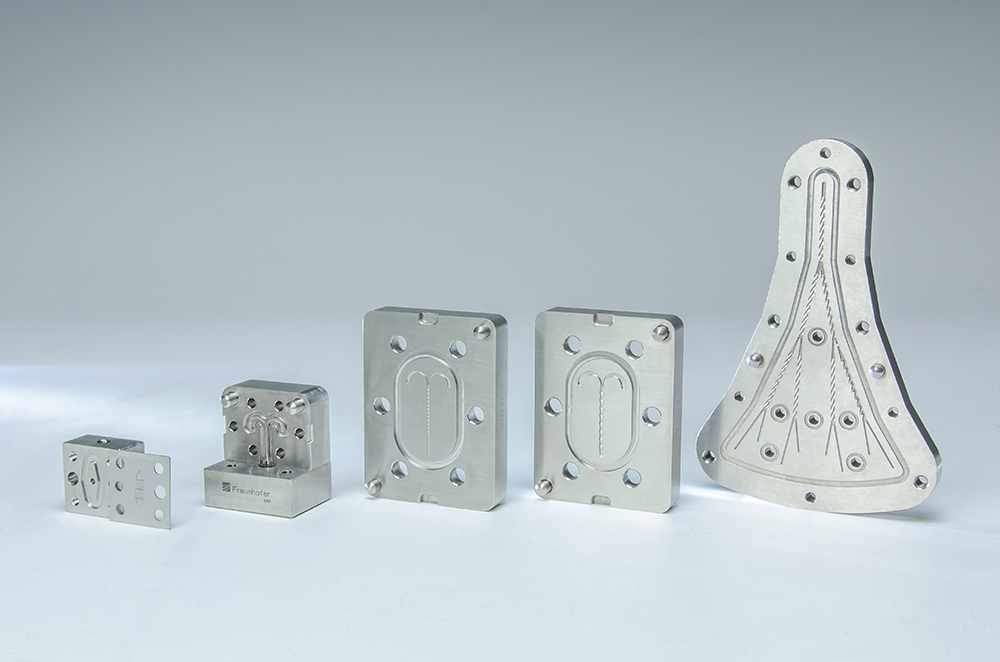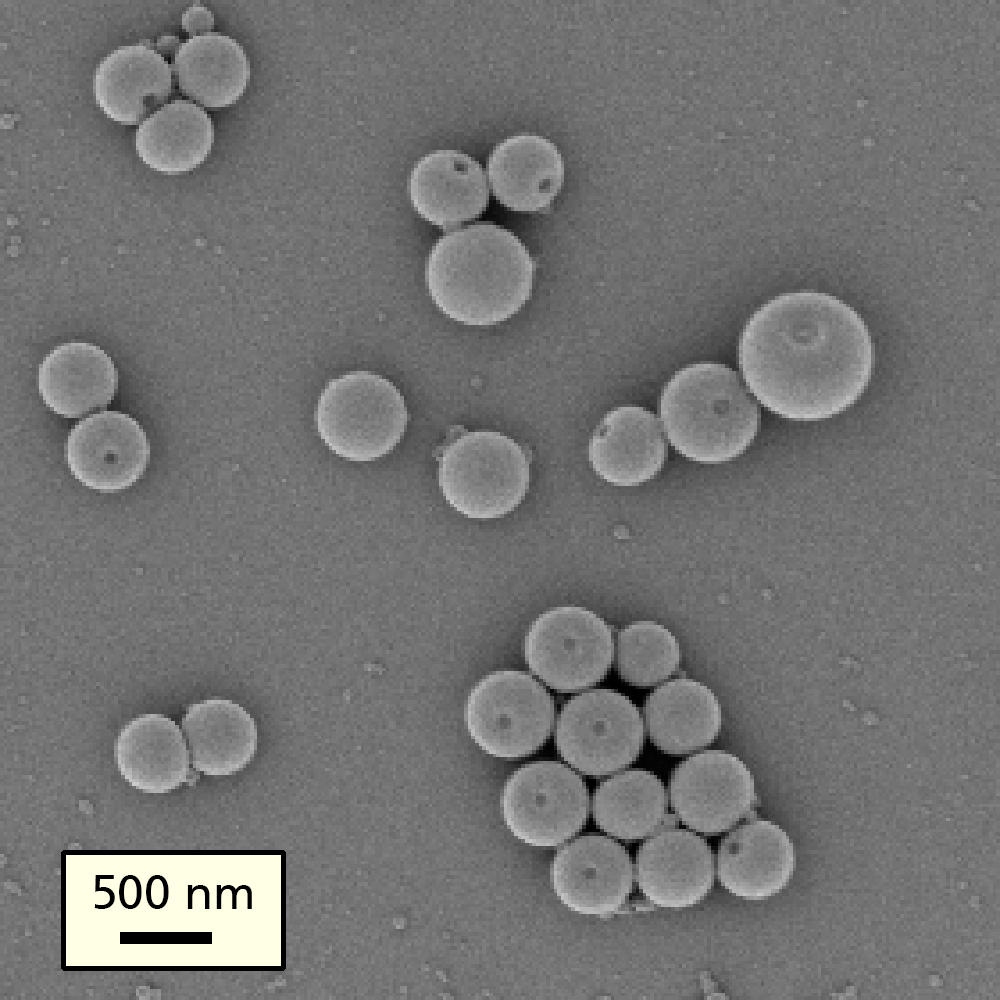


In the first days after sowing, seeds face two key challenges: they need to absorb enough water to germinate successfully while also being protected from harmful environmental influences. The use of herbicides, which control weeds but can also affect the growth of sensitive crops, is particularly problematic. Under dry conditions, limited water availability further leads to uneven field emergence and yield losses. Conventional methods to improve germination are often resource-intensive and unsustainable. SeedPlus precisely addresses this issue and offers an innovative solution to tackle these challenges efficiently.
Our goal
Microplastic-free seed coatings are becoming increasingly important due to stricter environmental regulations and a growing interest in sustainable agriculture. Within the framework of the SeedPlus project, Fraunhofer IMM, together with partners, has developed a biodegradable coating that combines two key functions:
- Optimized water management: The coating regulates the absorption and retention of water in a targeted manner and releases moisture to the seed as needed. This helps support germination during early growth stages, particularly under drought stress.
- Protection against herbicides: A selective barrier protects the seedling from harmful herbicides without affecting germination or plant growth.
By combining these properties, the coating enhances crop establishment even under challenging environmental conditions.
Development of the formulations
Only natural organic and inorganic materials were used in the development of the formulations. Through systematic testing of various material combinations - including polysaccharides, proteins, gums, and porous inorganic materials such as activated carbon - the most efficient compositions were identified. These were then tested by the project partners in the large-scale coating process as well as in field and environmental studies. The results already show improved drought tolerance during the critical germination phase.
In addition to the coating technology, the incorporation of encapsulated additives such as biostimulants was investigated. Encapsulation was carried out in a continuous process using IMM micromixers. Nano- and microcapsules in a size range from 150 nm to 20 µm were produced from biodegradable polymers such as chitosan, dextran, lignin, gelatin, polylactide, and polyhydroxyalkanoates and integrated into the coating formulations. The targeted release of the additives improves germination and early plant development.
Our R&D offering
The formulations for coatings and encapsulations developed in the project can be flexibly adapted to various seeds and additives such as micronutrients, fertilizers or pesticides. This results in a versatile and scalable solution that makes a significant contribution to more sustainable agriculture.
- Encapsulation of hydrophilic and hydrophobic liquids and dispersions of inorganic nanoparticles.
- Eco-friendly coatings with adjustable hydrophobicity for controlled release.
 Fraunhofer Institute for Microengineering and Microsystems IMM
Fraunhofer Institute for Microengineering and Microsystems IMM